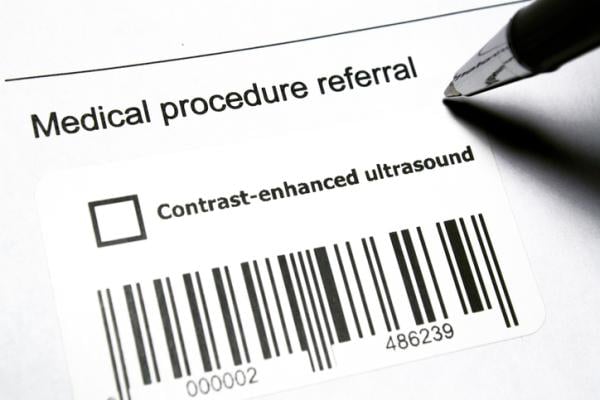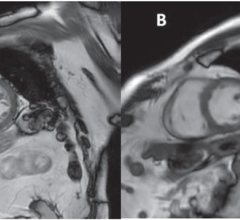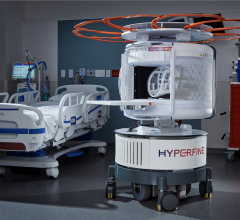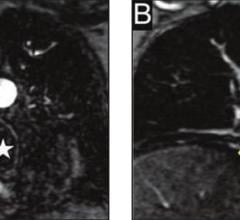
Getty Images
September 15, 2023 — Contrast enhanced ultrasound (CEUS) is underutilized in the United States, and reduced access to this noninvasive diagnostic imaging tool may pose a greater risk to patients than rare side effects associated with use, according to doctors who spoke today at the 37th International Bubble Conference in Chicago.
The conference drew CEUS experts from North America, Europe, China and Brazil, and focused on advances in the use of “microbubble” ultrasound enhancing agents (UEAs) used routinely worldwide to diagnose heart and vascular disease, identify and characterize tumors, monitor chronic gastro-intestinal diseases, evaluate other serious medical conditions and monitor therapy. UEAs do not contain dye, create no known risk of kidney damage or deposit of contrast media in the brain, and do not expose patients or hospital staff to ionizing radiation.
“CEUS is among the safest of contrast media available,” according to Dr. Strom, an Assistant Professor of Medicine at Harvard Medical School and Director of the Echocardiography Laboratory at Beth Israel Deaconess Medical Center in Boston. He noted that UEAs present a rare risk of a severe allergic reaction in 1/15,000 patients. By comparison, iodinated contrast agents used for CT present a risk of life threatening reactions in 1/500 to 1/5,000 patients. In addition, cardiac angiography presents a risk of death in 1/1,000 patients, and SPECT or MUGA imaging presents a risk of fatal malignancies in 1/1,000-1/10,000 patients.
To reduce UEA risk even further, Dr. Strom said “dilution of the agent is key.” He noted that vendors are not allowed to recommend UEA dilution because government regulations prohibit them from providing information that is not expressly contained in product labels approved by the FDA.
Dr. Strom suggested that clinical applications specialists may, however, refer customers to new professional guidelines recently published in Echo Research and Practice: “CEUS cardiac exam protocols: International Contrast Ultrasound Society (ICUS) recommendations.” These guidelines address dilution and other evidence-based options for optimal UEAadministration.
Dr. Strom also stressed the importance of preparedness for rare adverse events, and recommended staff training and assessment, detailed planning for a local response including who is responsible for specific tasks, having allergy kits available and stocked, tracking any issues and debriefing afterward. He also recommended posting a safety placard and having an emergency pager that is always covered.
“Despite the rare risk of an adverse event associated with UEAs, patients face an even greater risk associated with non-use,” said Dr. Tom Porter, lead author of the ICUS guidelines. Dr. Porter is Chair of Cardiology and Professor of Internal Medicine at the University of Nebraska Medical Center in Omaha.
Dr. Strom said that up to 40% of patients receiving echocardiograms at his medical center receive a UEA. This produces vital diagnostic information and in studies has been associated with reduced need for downstream imaging and cardiac catheterizations. He also said that CEUS use has even been associated with a reduced length of hospital stay in some patients.
Research led by Dr. Strom also showed significant regional variation in use of UEAs and overall underutilization, resulting in varying standards of care across the country. According to Dr. Strom, the highest per capita use of UEAs is in Minnesota, whereas the lowest utilization is in Delaware.
UEAs are manufactured and sold by Bracco, Lantheus and GE Healthcare.
For more information: www.icus-society.org


 April 23, 2024
April 23, 2024 








